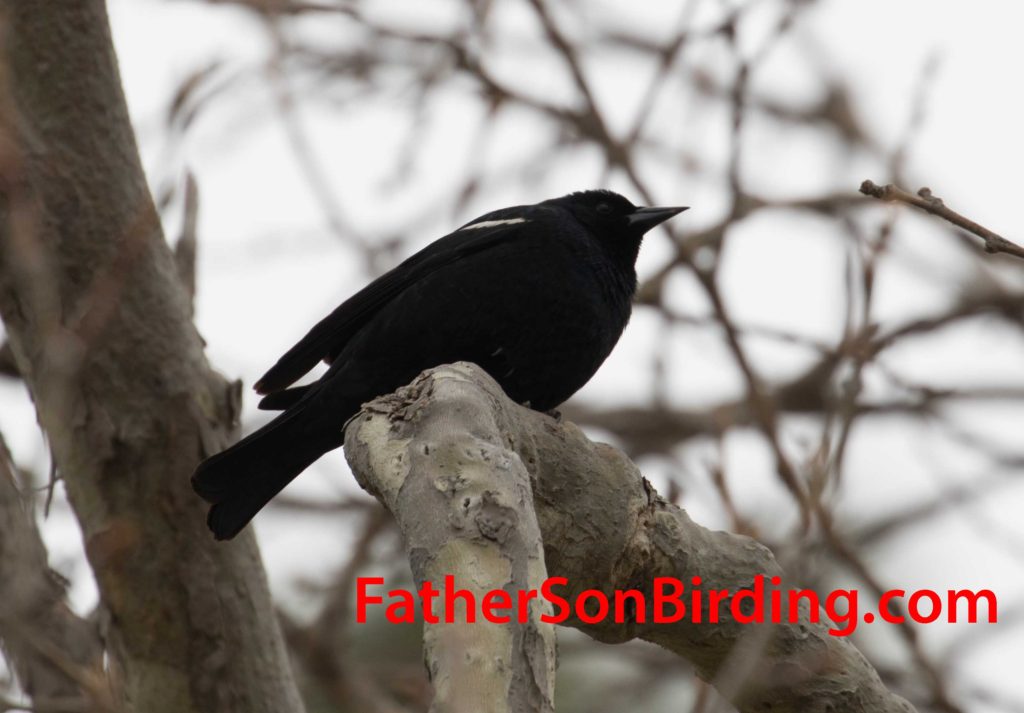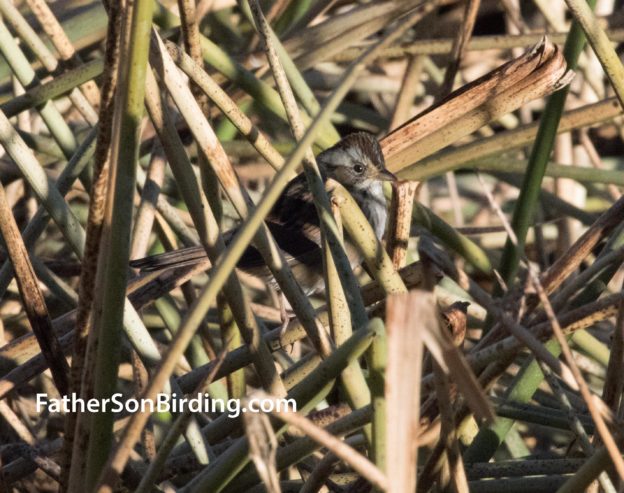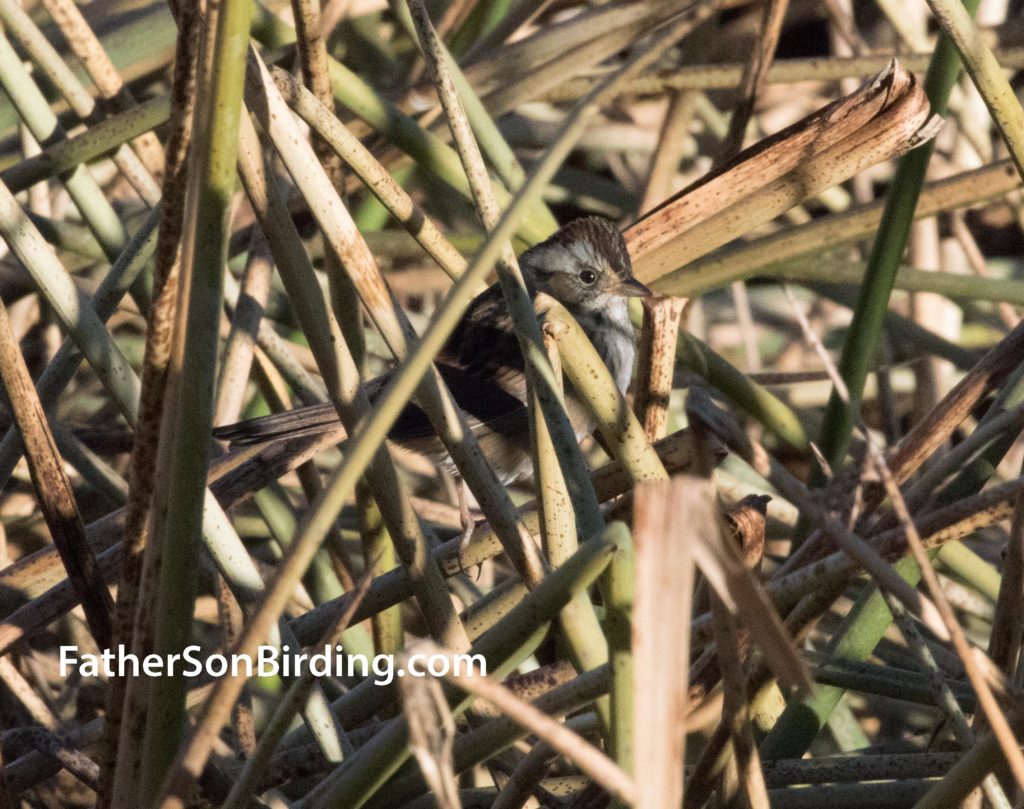This is the Big Day Mentality: Every species, no matter how rare, is worth one tally. During a 24-hour period, a team of birders try to collect as many tallies as possible; the end total is the sum of every single bird species seen or heard during the day by at least two members of the team. At the San Diego Birding Festival, my dad and I were invited to be “first lieutenants” on two Big Day field trips.
We co-led our first outing under the expert leadership of veteran birder Phil Pryde, a local San Diegoan who had an ambitious schedule planned out for the day, in order to maximize the amount of species we saw. From dawn to dusk we scoured San Diego county, which is larger than Delaware and Rhode Island combined; a bird only counted if one of the leaders and one of the participants identified it. By the end of the day we had arrived at a total of 113 species, and my dad and I at just over a hundred individually. The number wasn’t bad, and the day had given us a rough idea of how many birds to expect for the next Big Day. Overall, though, the day hadn’t been very “birdy”—we had missed quite a few common species.

On our next Big Day, under the guidance of our good-natured chief, Eitan Altman, we were determined to break this record. Unfortunately, the conditions didn’t look good—a low, wet mist had rolled over the area. Thanks to the rain, we didn’t have to rush inland to get early-morning songbirds (they were probably huddled in their warm, dry nests with no intent on warbling at the weather), so we birded along the coast at a relaxed pace. While doing this, we saw an unexpectedly high number of species, including Common Loon, Surf Scoter and Brant, which had not been a guarantee, a huge flock of Black Skimmers, and rarities such as Glaucous-winged Gull and the well-known Reddish Egret which hung out in the San Diego River Estuary. The eccentric bird’s gait reminded me of Kramer from the TV show Seinfeld.

Finally, around nine in the morning, we headed inland to Lindo Lake, the place which had yielded the highest number of species to us on the previous Big Day. We tallied high numbers of waterfowl, woodpeckers and more, including some more rarities: the resident Greater White-fronted Goose hanging out with a flock of domestic geese, not one but two Yellow-bellied Sapsuckers, and a Bonaparte’s Gull that had somehow wound its way inland.
We continued hitting different habitats to nab species, and by three in the afternoon our total sat at 120 species, the most recent being an altitudinally-challenged Band-tailed Pigeon, a calling Canyon Wren and the ever-rare American Robin. As soon as I confirmed our total, Eitan began thinking of other species we could pick up, now determined to beat his personal record of 128. On our way back to the coast we stopped at places to grab specific birds, including White-tailed Kite and Greater Roadrunner. The tide was out now, and at the San Diego River Estuary we grabbed another six species, though unfortunately none of the rarities being reported there (Tricolored Heron, Mew Gull, Eurasian Wigeon) except the spunky Reddish Egret and a beautiful double rainbow.

As the day grew closer to our deadline of five o’clock, we opted to try and get a few last birds at a place called Fiesta Island, arguing over possible birds:
“Was that a Northern Harrier?”
“I don’t think so.”
“Are you sure?.”
And finally, right at the entrance to the island we hit 130 with a Spotted Sanspiper bobbing along the rocks of the coastline. A pair of American Kestrels on the actual island sealed the deal.
We finished the trip, said our goodbyes, then responded appropriately to our biggest day ever by collapsing into bed.





